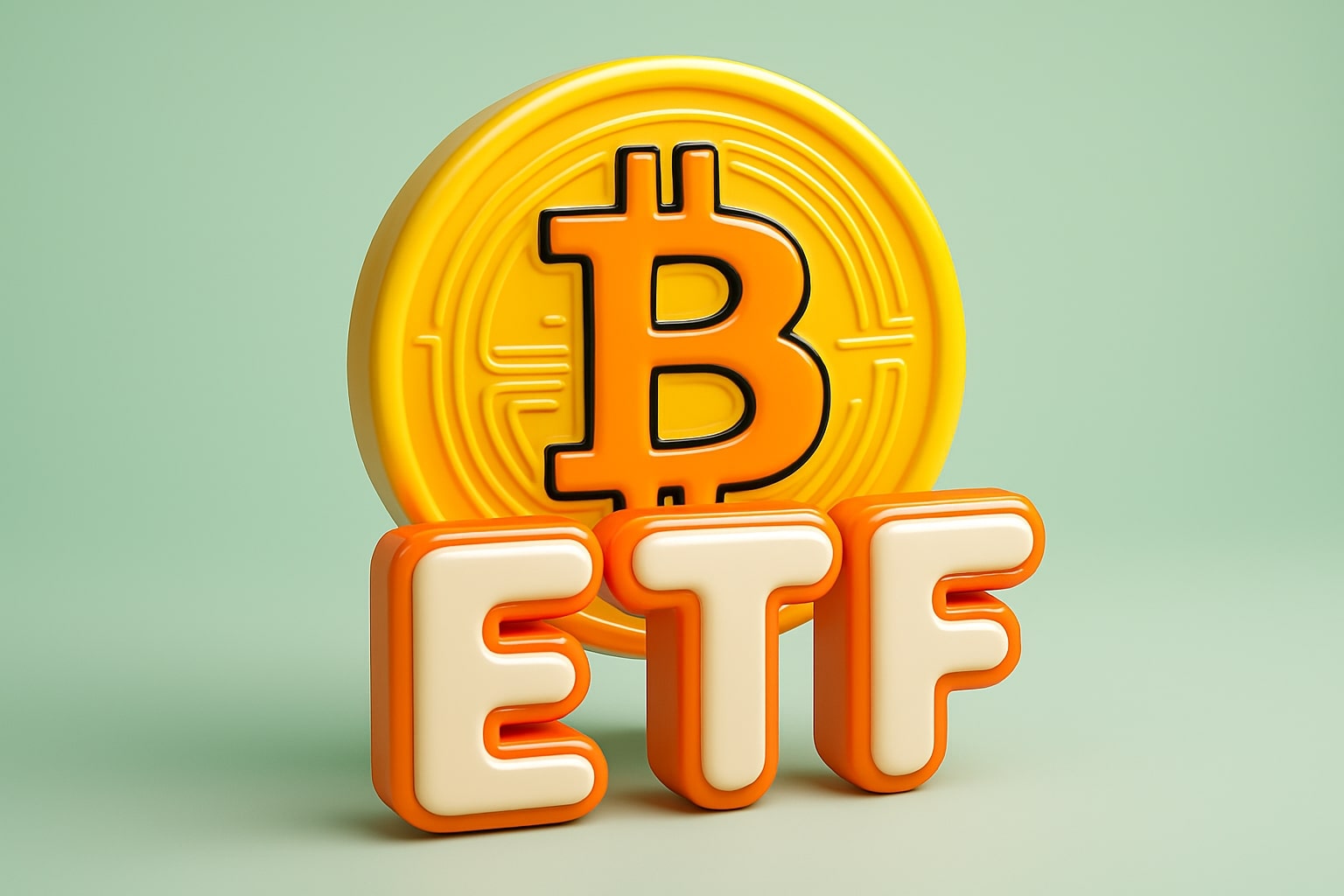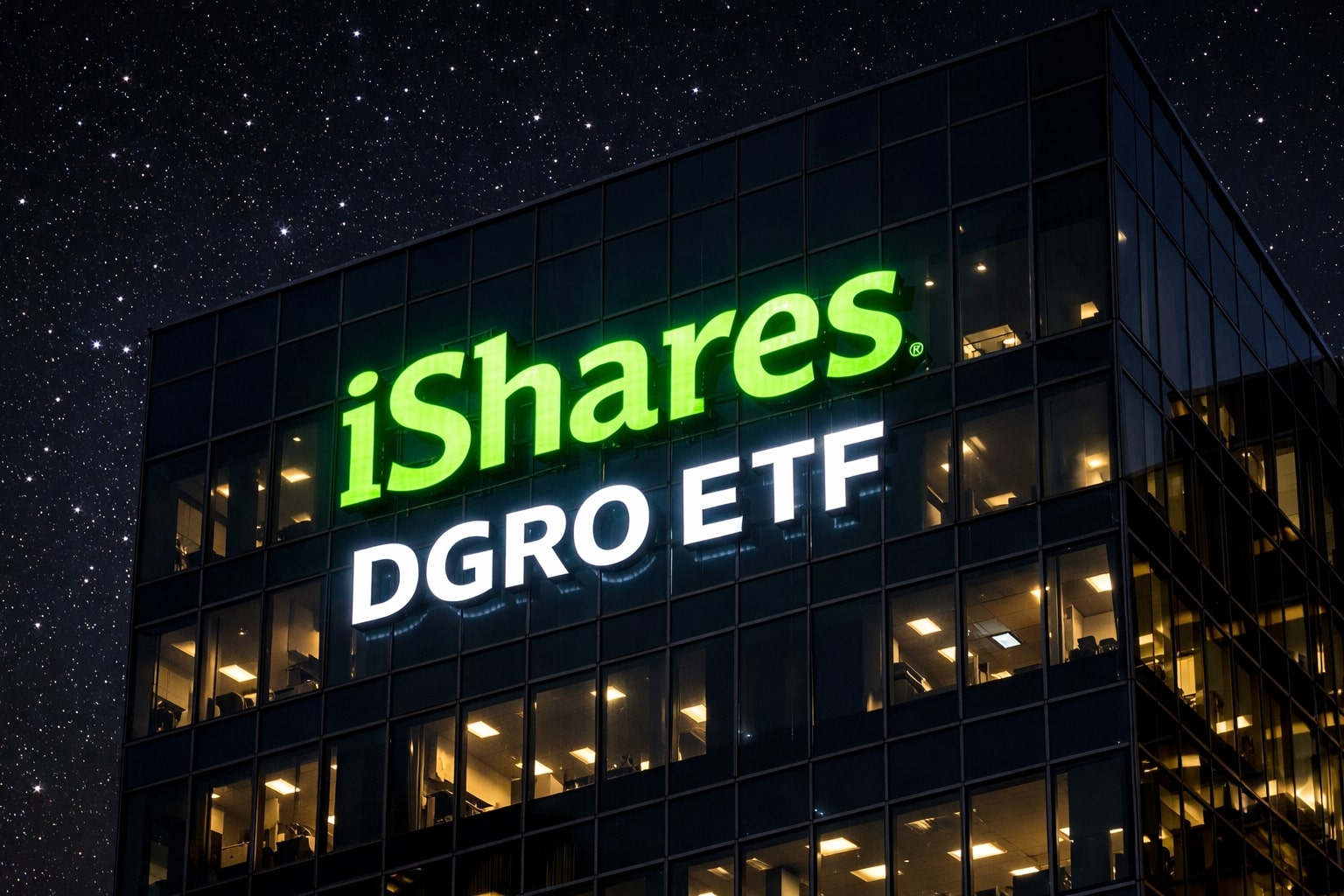
Bitcoin ETFs Secure $241M Inflows While BTC-USD Tests $109K; IBIT, FBTC, ARKB Lead Turnaround
BlackRock’s IBIT tops $128.9M inflows as ETF holdings climb to $149.7B. Corporate buyers like DCC add to demand, but technical charts warn of a potential drop toward $101,500–$91,000 if support fails | That's TradingNEWS
Bitcoin ETF Inflows Show Sharp Rebound but Momentum Remains Fragile
Institutional Flows Swing Back With $241 Million In a Single Day
After two brutal sessions that drained $466 million from U.S. spot Bitcoin ETFs, demand snapped back on September 24 with $241 million in inflows, according to SoSoValue. BlackRock’s iShares Bitcoin Trust (IBIT) led the recovery, pulling in $128.9 million and pushing its cumulative net intake to $60.78 billion. Assets under management at IBIT now stand at $87.2 billion, by far the dominant player in the Bitcoin ETF space.
The rebound was not limited to BlackRock. Ark Invest’s ARKB booked $37.7 million, taking lifetime flows to $2.18 billion, while Fidelity’s FBTC attracted $29.7 million. Bitwise’s BITB added $24.7 million, and Grayscale’s GBTC managed a positive day with $13.5 million. Smaller flows came into VanEck’s HODL with $6.4 million, underscoring broad-based institutional re-engagement.
Across the sector, Bitcoin ETFs now hold $149.7 billion in assets, representing 6.62% of Bitcoin’s total market cap, with cumulative inflows hitting $57.49 billion since launch. Trading activity remained elevated, with $2.58 billion in daily ETF turnover on the 24th.
Context: Outflows Earlier in the Week Highlight Fragile Sentiment
The midweek surge came only after heavy redemptions: $103.6 million in ETF outflows on September 23, led by Fidelity FBTC at $75.6 million, and ARKB with $27.9 million leaving. That followed a punishing $363 million outflow on September 22, almost entirely driven by FBTC’s $276.7 million withdrawal. The whiplash illustrates that institutional appetite is alive but remains highly reactive to macro triggers.
Weekly Totals Show a Net Slowdown Despite One-Day Surge
Glassnode data showed Bitcoin ETF inflows dropped 54% last week to $931.4 million, down from $2.03 billion the week before. This decline points to a slowdown in institutional buying after a strong early September that included single-day inflows above $741 million as Bitcoin rallied toward $118,000. Current weakness in flows matches Bitcoin’s retracement below $110,600, a 6.9% 24-hour drop at last print.
Despite the slowdown, long-term accumulation remains clear. ETFs are now custodians of nearly $150 billion in Bitcoin, highlighting the structural demand floor institutions are building. Coinbase continues to dominate ETF custody, reinforcing its strategic importance to U.S. crypto infrastructure.
Ethereum ETFs Extend Outflow Streak, Highlighting Divergence
While Bitcoin ETFs recovered, Ethereum products extended redemptions. On September 24, ETH ETFs saw $79.4 million in outflows, led by Fidelity’s FETH (-$33.2M) and BlackRock’s ETHA (-$26.5M). Grayscale’s ETHE lost $8.9 million, and Bitwise ETHW dropped $4.5 million. The day before, September 23, ETH ETFs shed $140.7 million, and on September 22, another $76 million exited.
As of September 24, Ethereum spot ETFs hold $27.4 billion in assets, equal to 5.45% of ETH’s market cap, with cumulative inflows at $13.6 billion. But the three-day combined outflow of $296 million underlines the market’s hesitation toward ETH exposure compared with Bitcoin.
Read More
-
MercadoLibre (MELI) Stock Price at $2,005 With Street Target Near $2,800
27.12.2025 · TradingNEWS ArchiveStocks
-
XRP ETFs XRPI $10.71 and XRPR $15.19 Ride $1.25B Inflows While XRP-USD Stalls Near $1.86
27.12.2025 · TradingNEWS ArchiveCrypto
-
Natural Gas Price Forecast - NG=F Jumps Toward $4.29 as Colder Weather and Record LNG Demand Tighten NG=F
27.12.2025 · TradingNEWS ArchiveCommodities
-
Stock Market Today - Wall Street Stalls Near Records as Gold and Silver Go Vertical
27.12.2025 · TradingNEWS ArchiveMarkets
-
USD/JPY Price Forecast - USDJPY=X Holds Near 156.5 as Intervention Watch, BoJ Shift and Fed Cuts Collide
27.12.2025 · TradingNEWS ArchiveForex
Corporate Treasuries and Whale Buying Counterbalance Weak Retail Flows
Institutional flows are not the only demand driver. DCC Enterprises, a U.S. corporation, bought another 50 BTC on September 25, raising its holdings to 1,058 BTC, valued around $116 million at today’s price. The company launched its Bitcoin treasury in May and has already realized a +1,556% yield on those holdings. Their stated goal is 10,000 BTC by year-end, reinforcing the rising role of corporate treasuries in market structure.
Meanwhile, retail flows remain soft. CryptoQuant data shows the spot taker CVD has been sell-dominant since mid-August, with retail consistently net-selling into institutional bids. This divergence highlights the market’s dependence on ETF and corporate accumulation to hold higher price levels.
Technical Risks and Elliott Wave Structure Point to $100K Support Zone
Technically, Bitcoin has broken below the key $110,000 support, now consolidating at $109,636. The RSI at 37.17 signals bearish momentum but room before oversold territory. Elliott Wave mapping suggests the completion of a five-wave cycle, entering a corrective (a)-(b)-(c) phase.
Immediate downside targets are $101,500, followed by a deeper correction risk toward $91,352 if selling accelerates. On the upside, Bitcoin must reclaim $114,100 (mid-Bollinger Band) to stabilize, with a breakout above $118,600 needed to reset bullish momentum.
Strategic Implications of ETF Flows for BTC-USD
Analyst Timothy Peterson has shown ETF inflows act as predictive signals for Bitcoin. His research suggests months with strong inflows see returns rise from an average of 3.8% to 8%. Weekly inflows above $900 million have historically preceded short-term rallies. With last week showing exactly $931.4 million in inflows, institutional positioning still supports tactical upside despite current volatility.
However, the fragility of retail sentiment, coupled with macro risks, makes ETF flows the decisive short-term driver. Strong inflows like September 24’s $241 million surge can offset selling pressure, but consistency is needed to push BTC-USD back above $115,000–118,000 levels.
Right now, Bitcoin ETFs hold $149.7 billion, reflecting the strongest institutional presence the asset has ever seen. Inflows of $241 million in a single day show resilience, yet the broader slowdown from $2B+ weekly inflows earlier in September to just $931M last week signals caution. With BTC-USD below $110,000, the market sits on fragile ground, balancing structural accumulation with short-term bearish momentum.

















